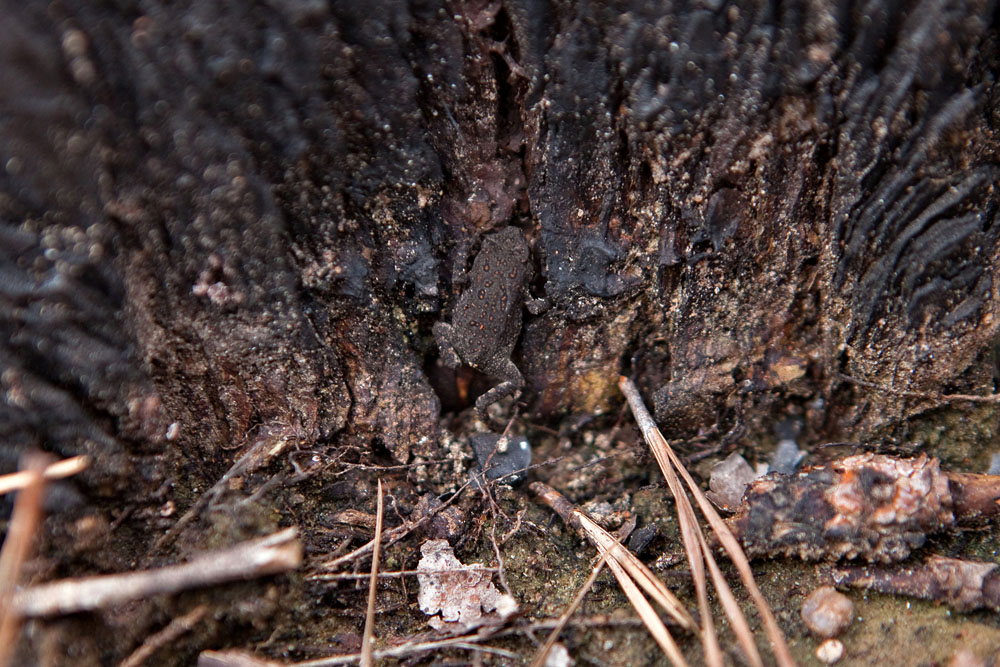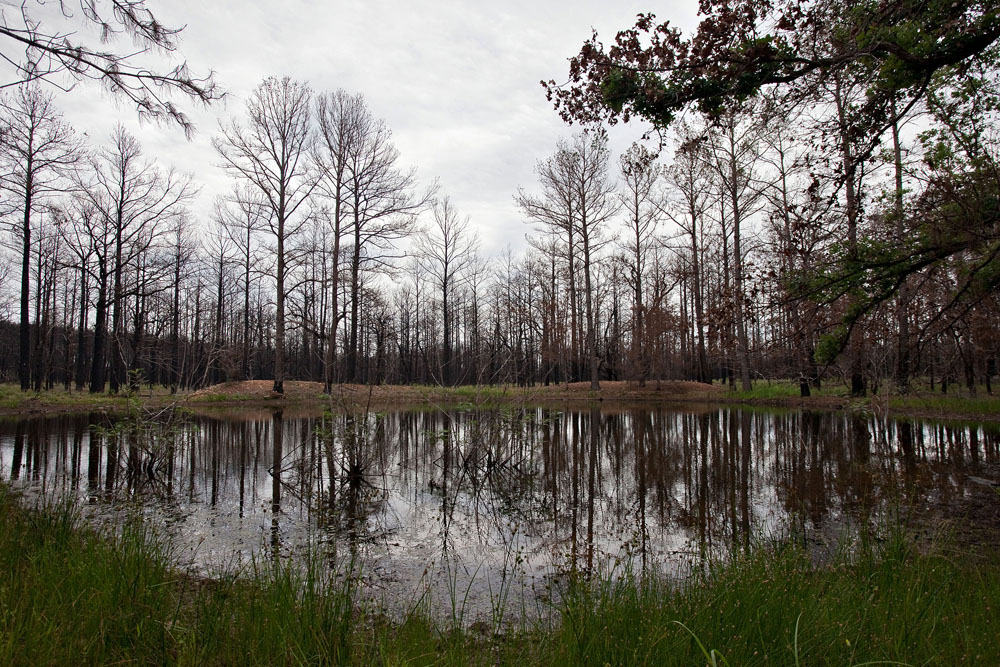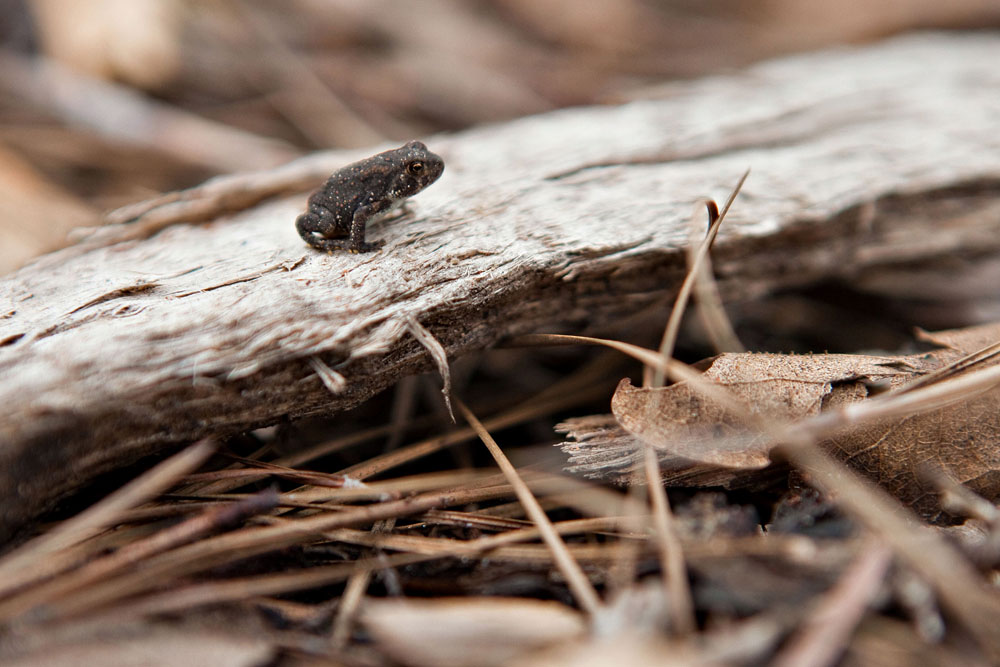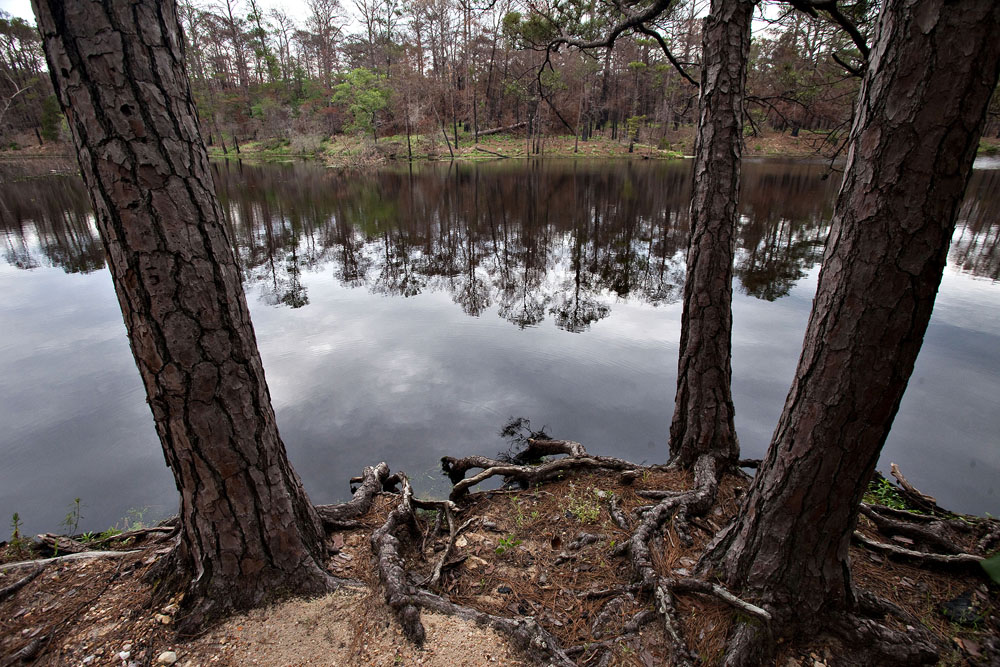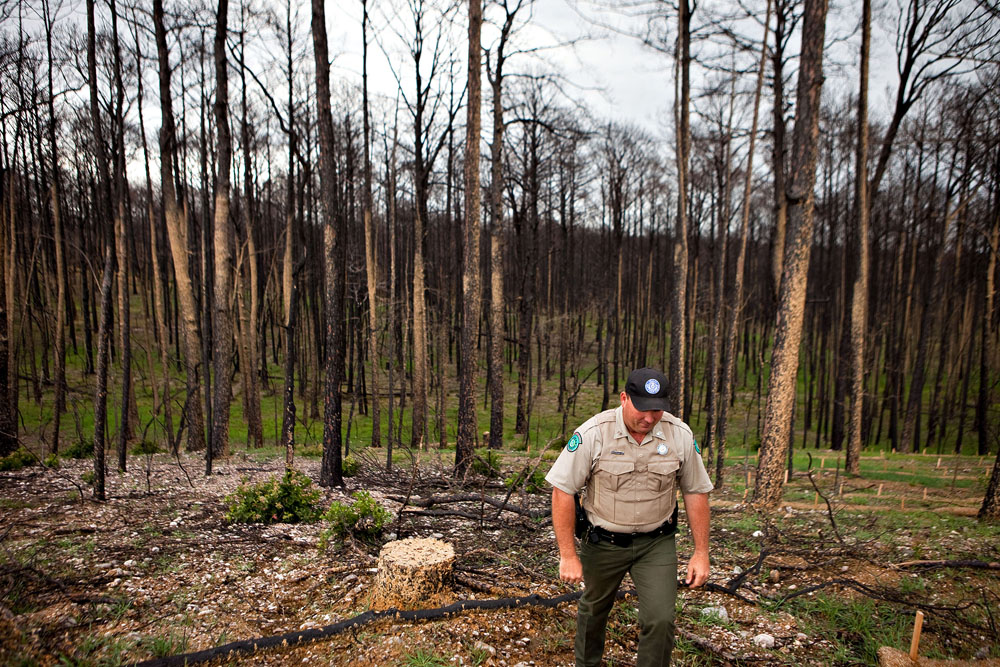Slideshow: Bastrop State Park Shows Signs of Rebirth
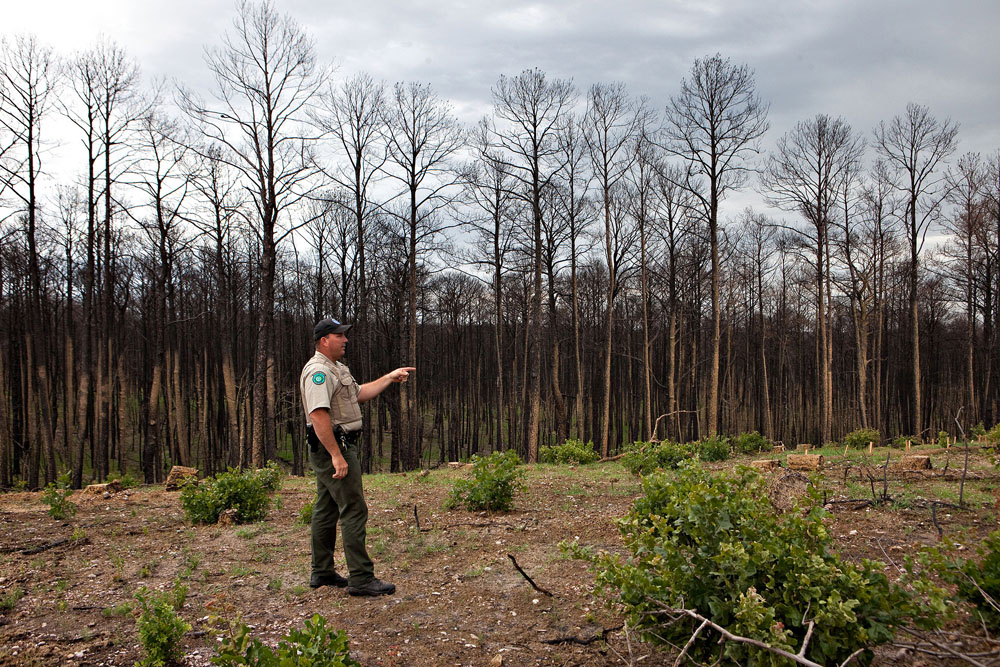
Officer Roger Dolle, Bastrop State Park's site manager, examines a 100-foot clearing near a road that was previously dominated by loblolly pines and oaks. The Oak trees are coming back in a bush-like state because their roots resisted the heat from the fire more readily than the pines.
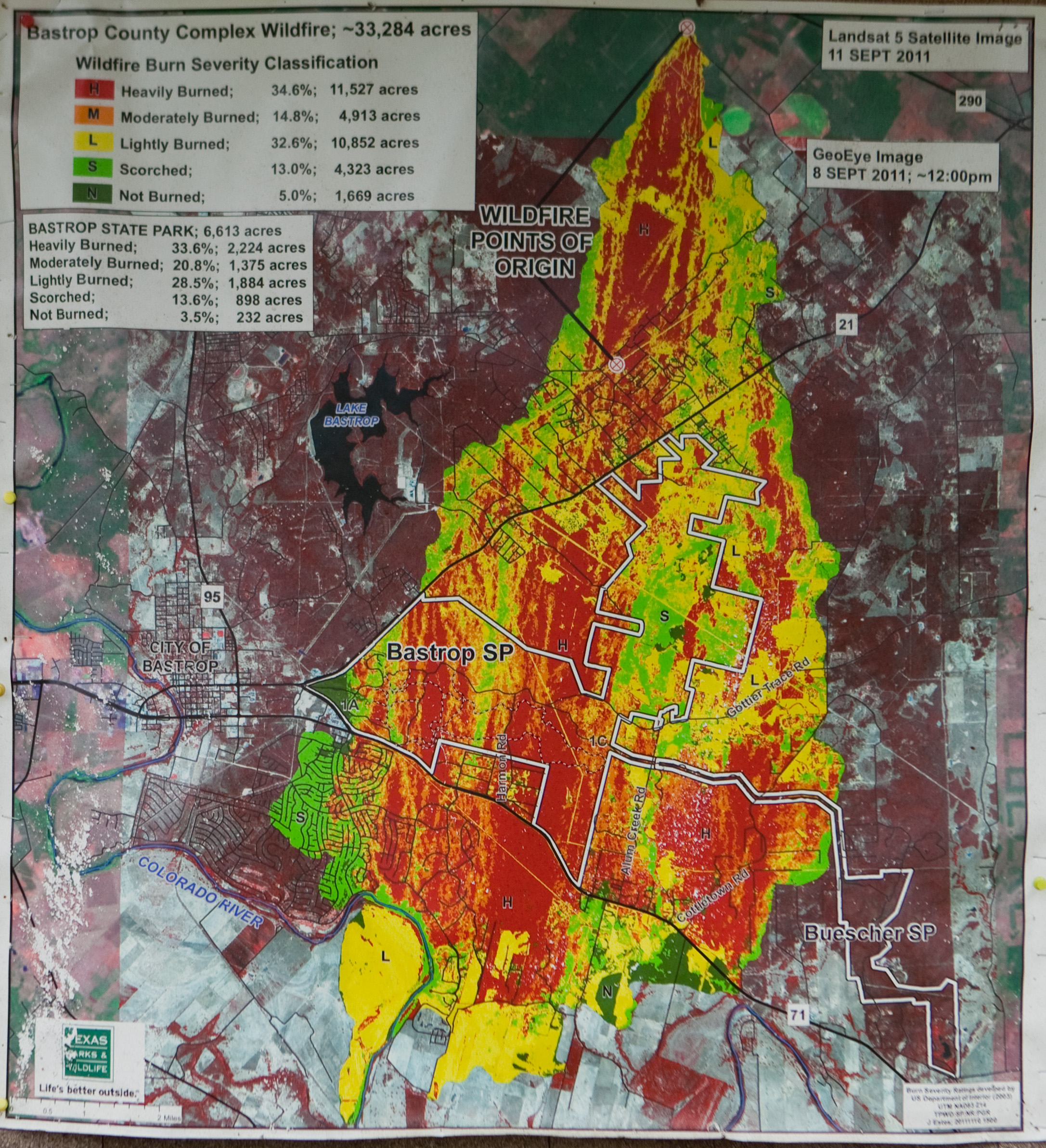
An information board in front of the Bastrop State Park headquarters showing the effects of the fire across its entire range.
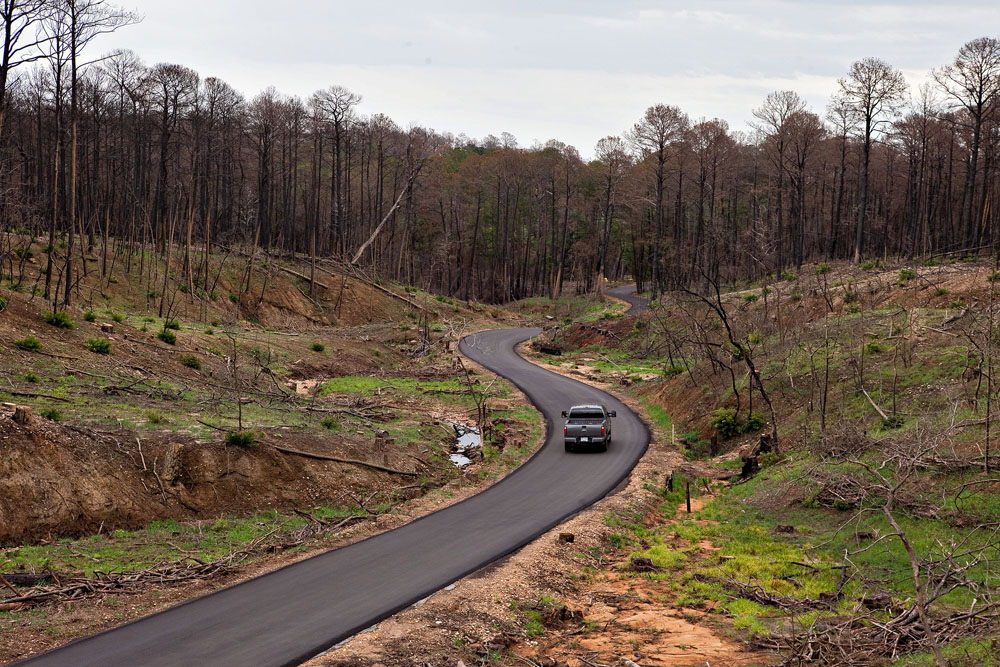
Fire damage and erosion control in Bastrop State Park.
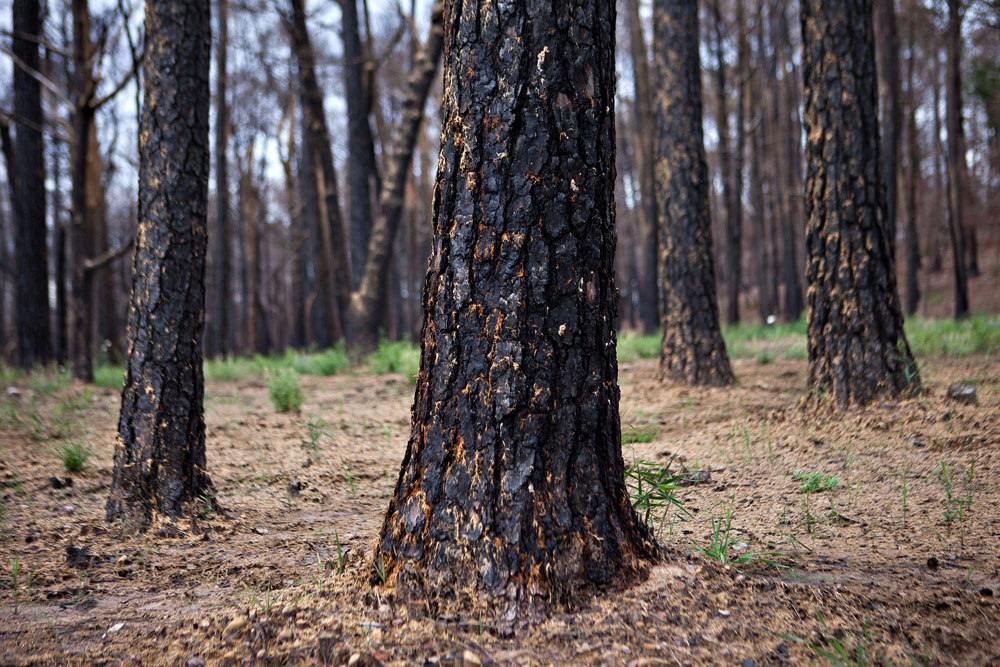
Fire-damaged loblolly pines.
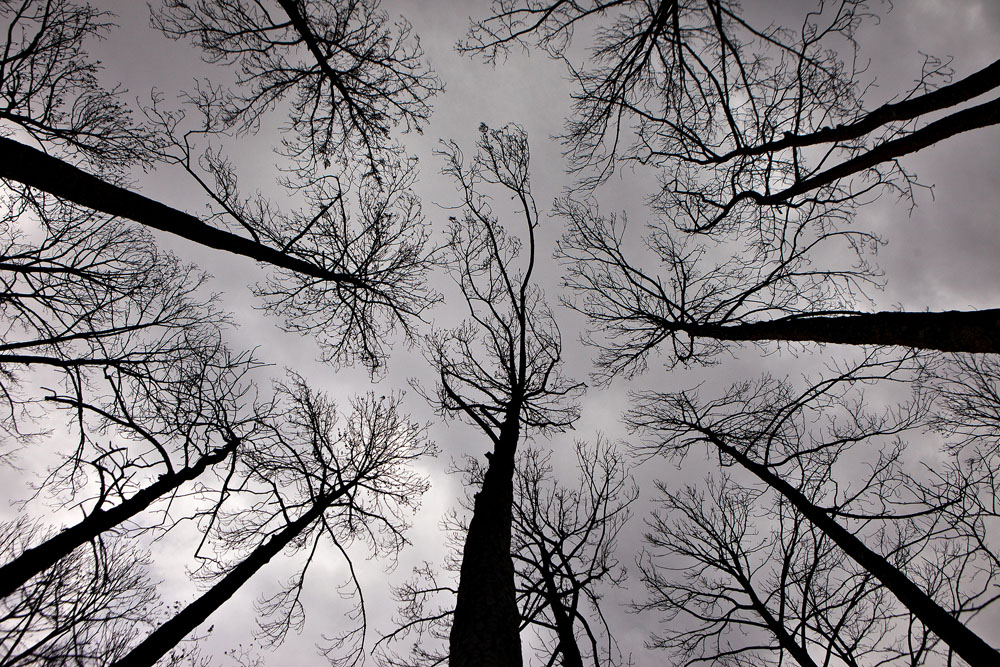
100-foot loblolly pines killed by fire.
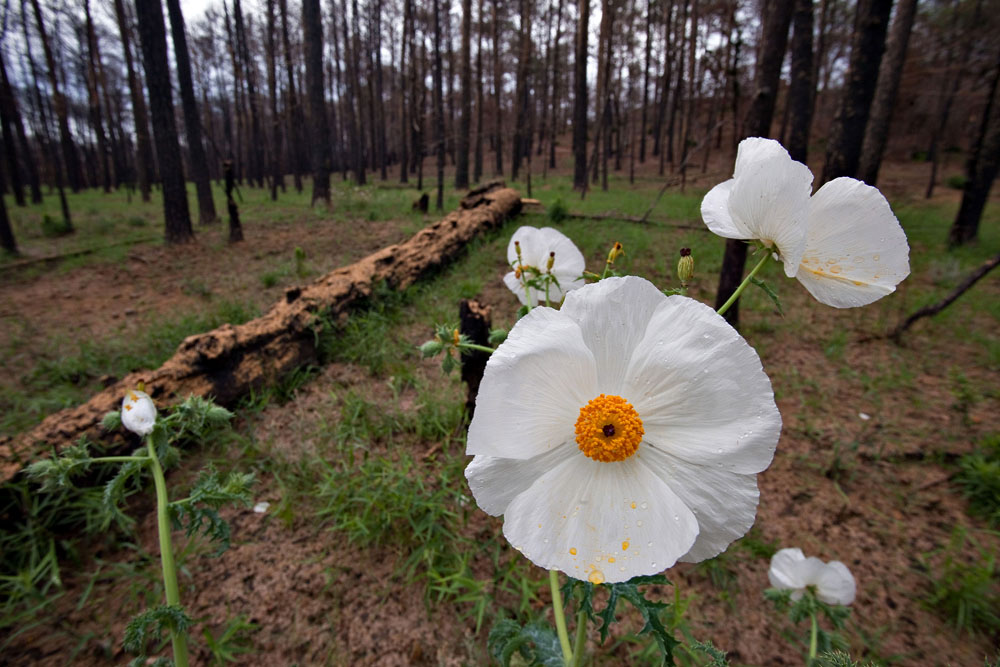
In spite of all the damage from fire, flood and erosion, poppies are in bloom through the park.
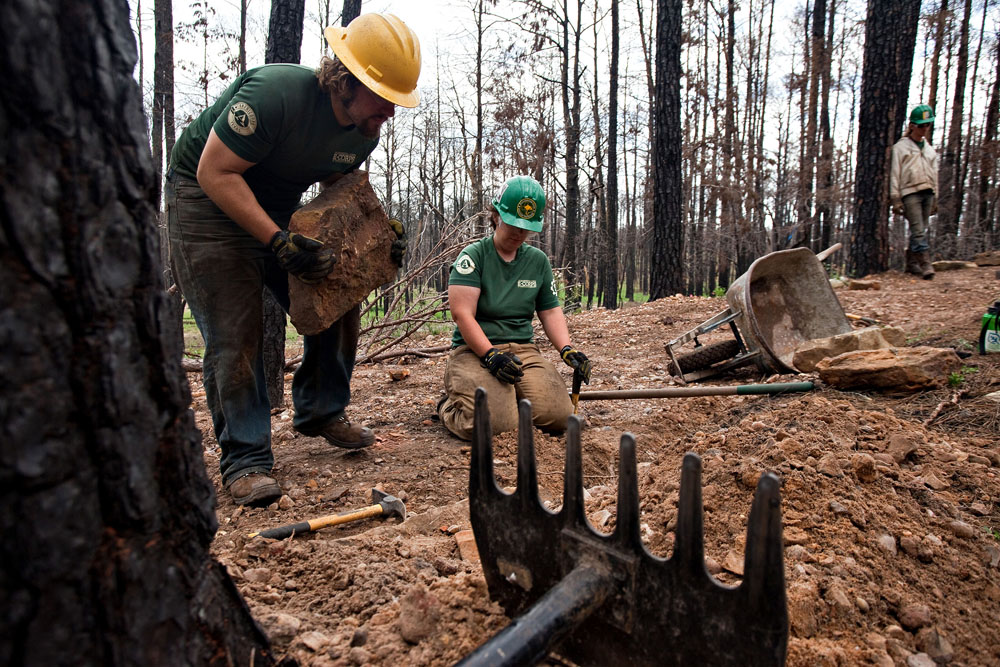
Americorps volunteers are active in the park building trails...
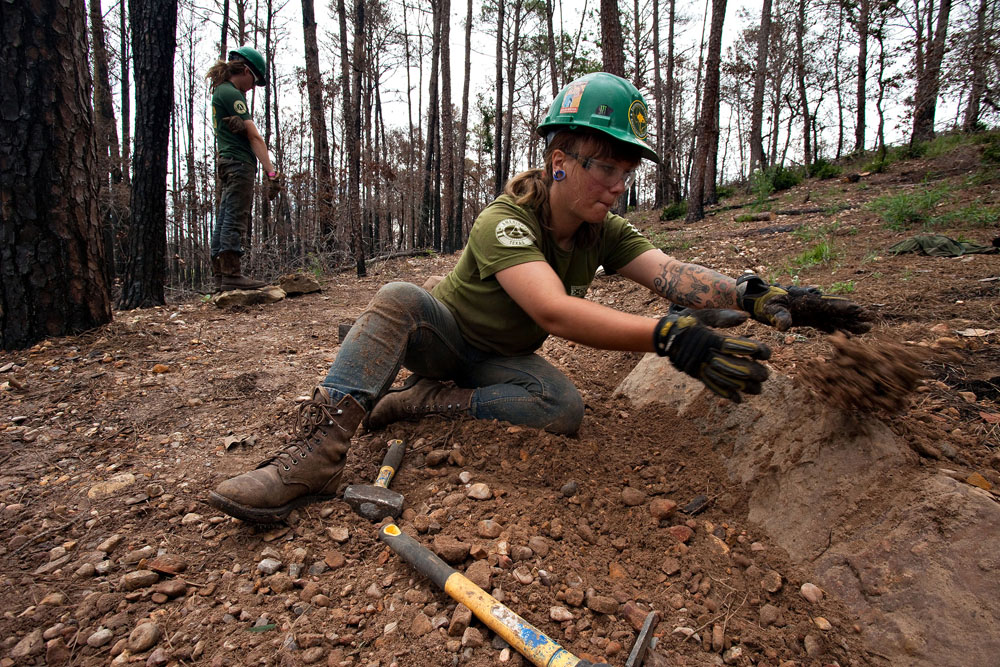
...and anti-erosion retaining walls.
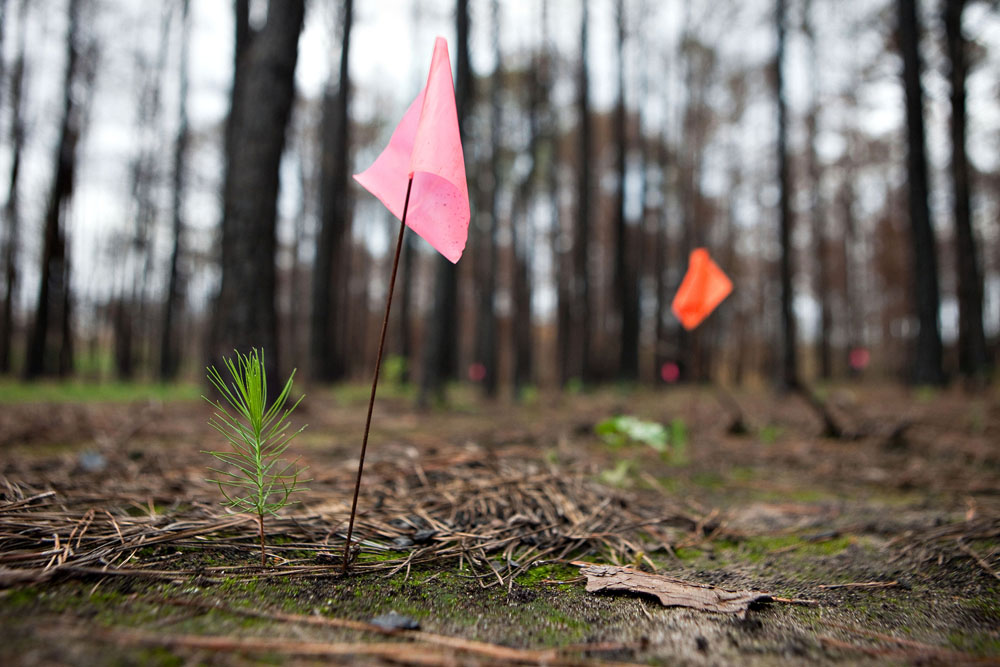
New loblolly pines have begun to grow in some of the fire-damaged areas of the park.
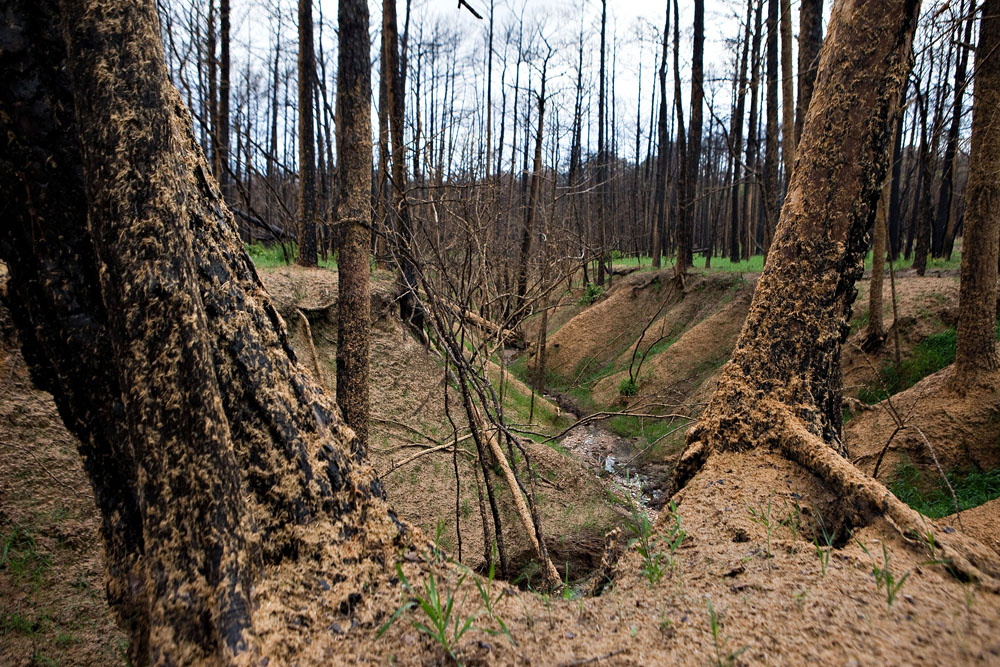
Since the fires, the loss of ground cover has become a major issue, causing erosion concerns in Bastrop State Park. Hydromulch, a sticky mixture of wood splinters and grass seed, is sprayed on the ground to help prevent too much erosion.
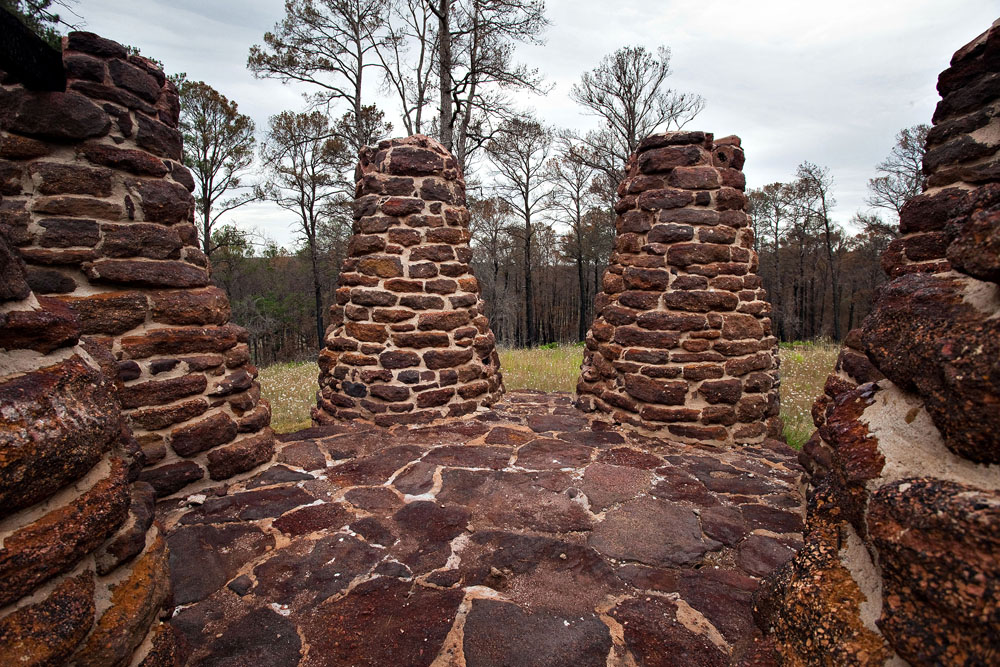
A gazebo built by the Civilian Conservation Corps in the mid 1930s was partially destroyed by the September fires in the park.
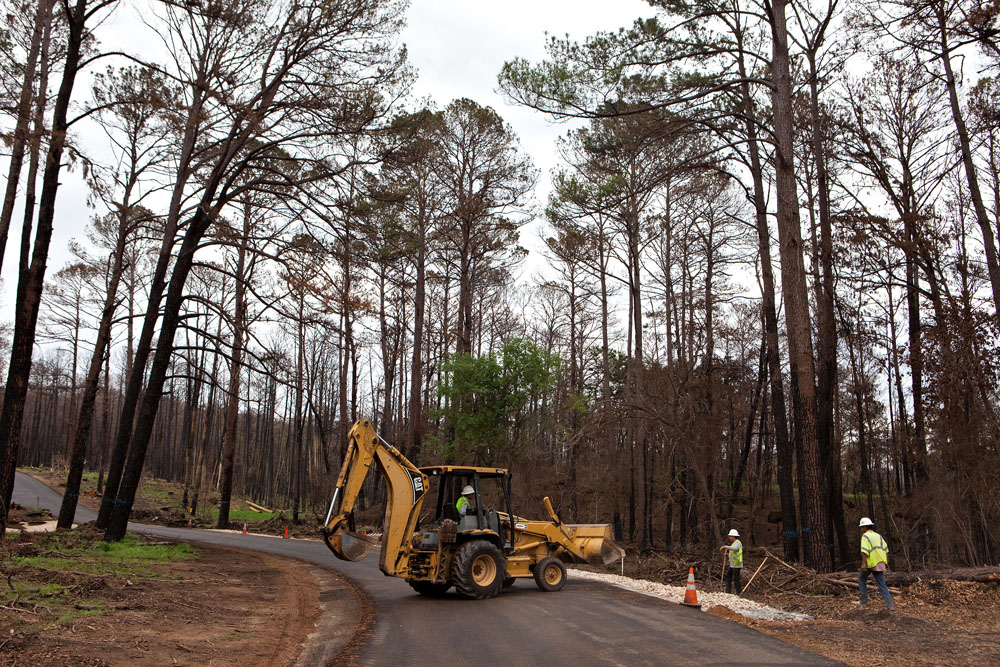
Road crews rebuild roads and culverts after the devastating floods in January in Bastrop State Park .
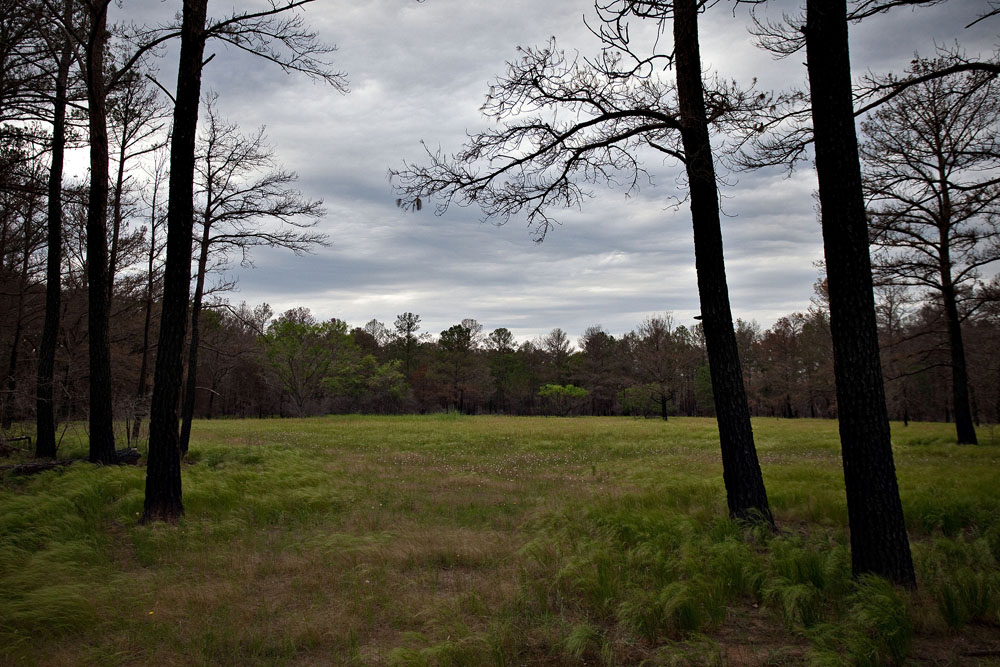
Prime Houston Toad (an endangered species) habitat.
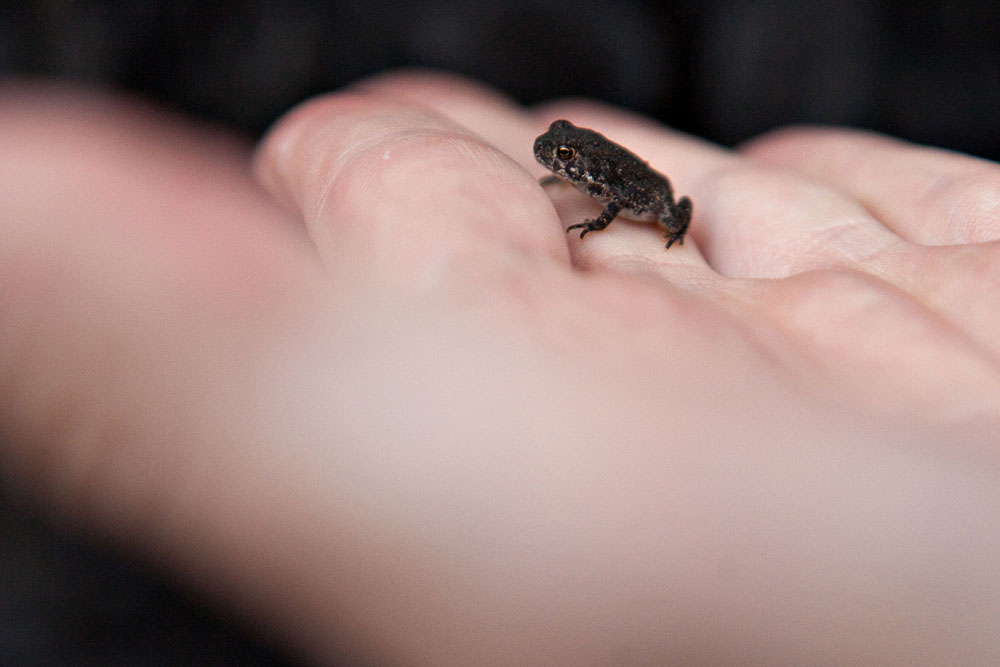
Houston Toad toadlets, about the size of a dime, near ponds and moist soil.
Texas Tribune donors or members may be quoted or mentioned in our stories, or may be the subject of them. For a complete list of contributors, click here.
Information about the authors
Learn about The Texas Tribune’s policies, including our partnership with The Trust Project to increase transparency in news.
